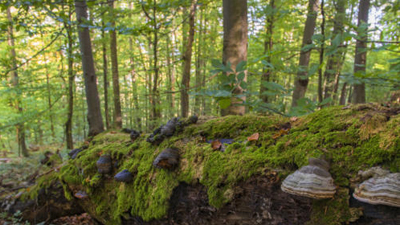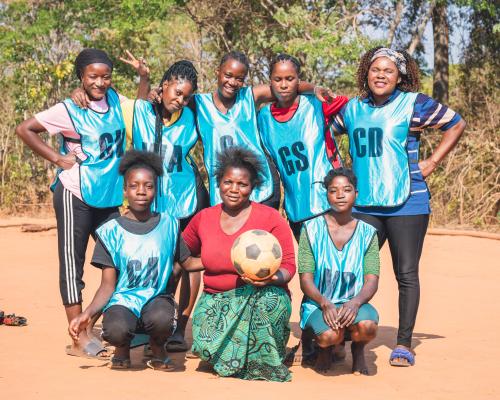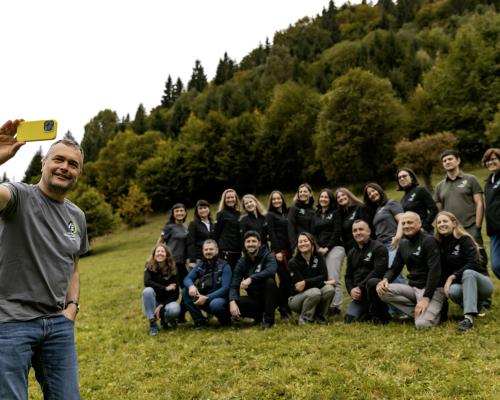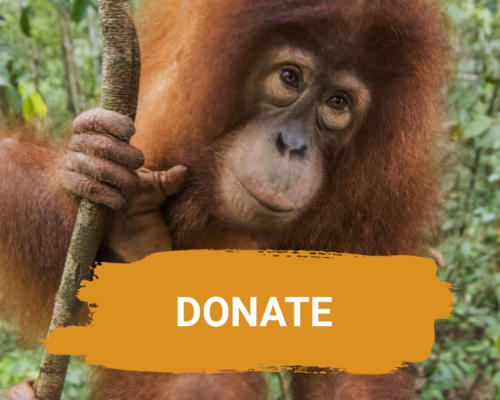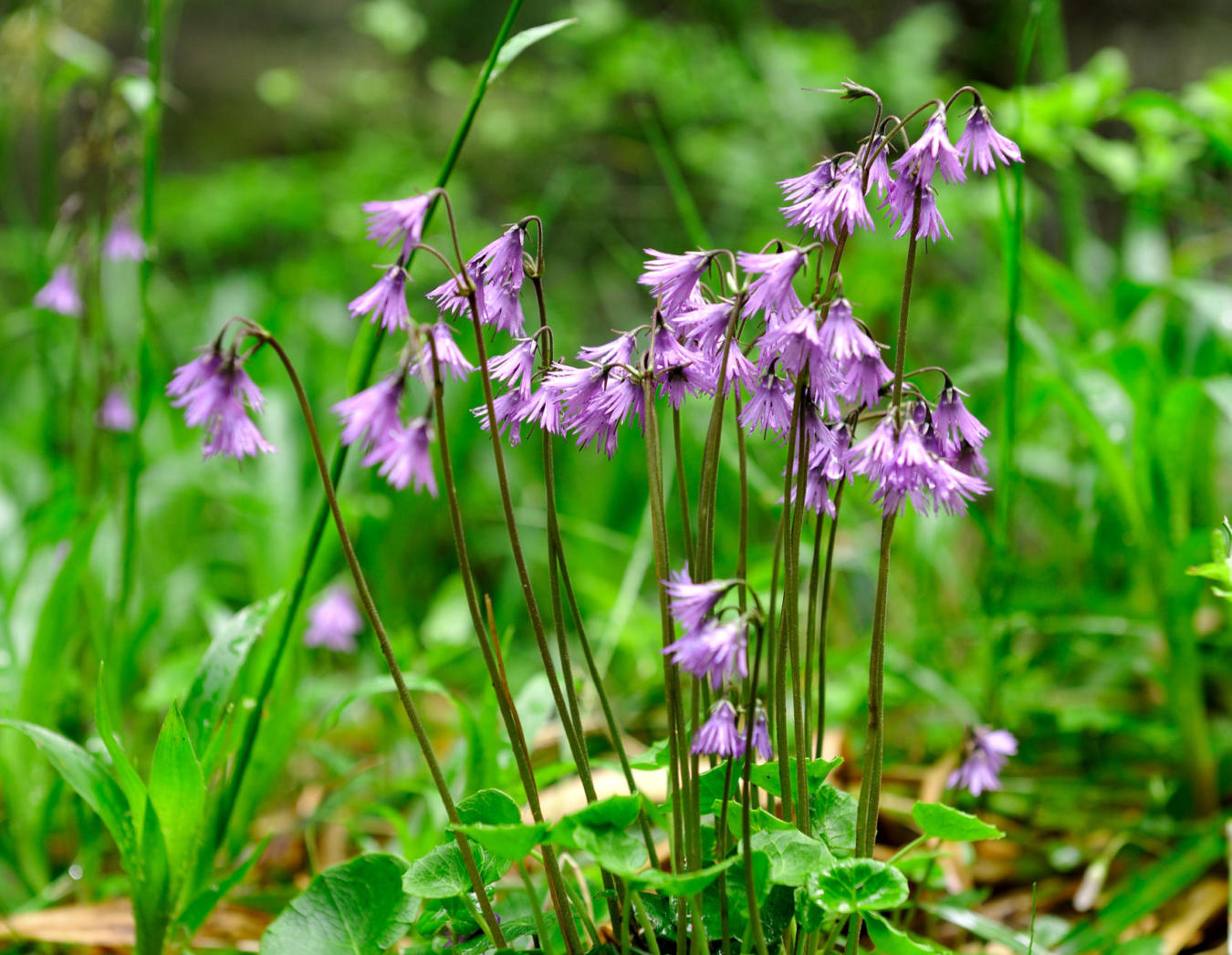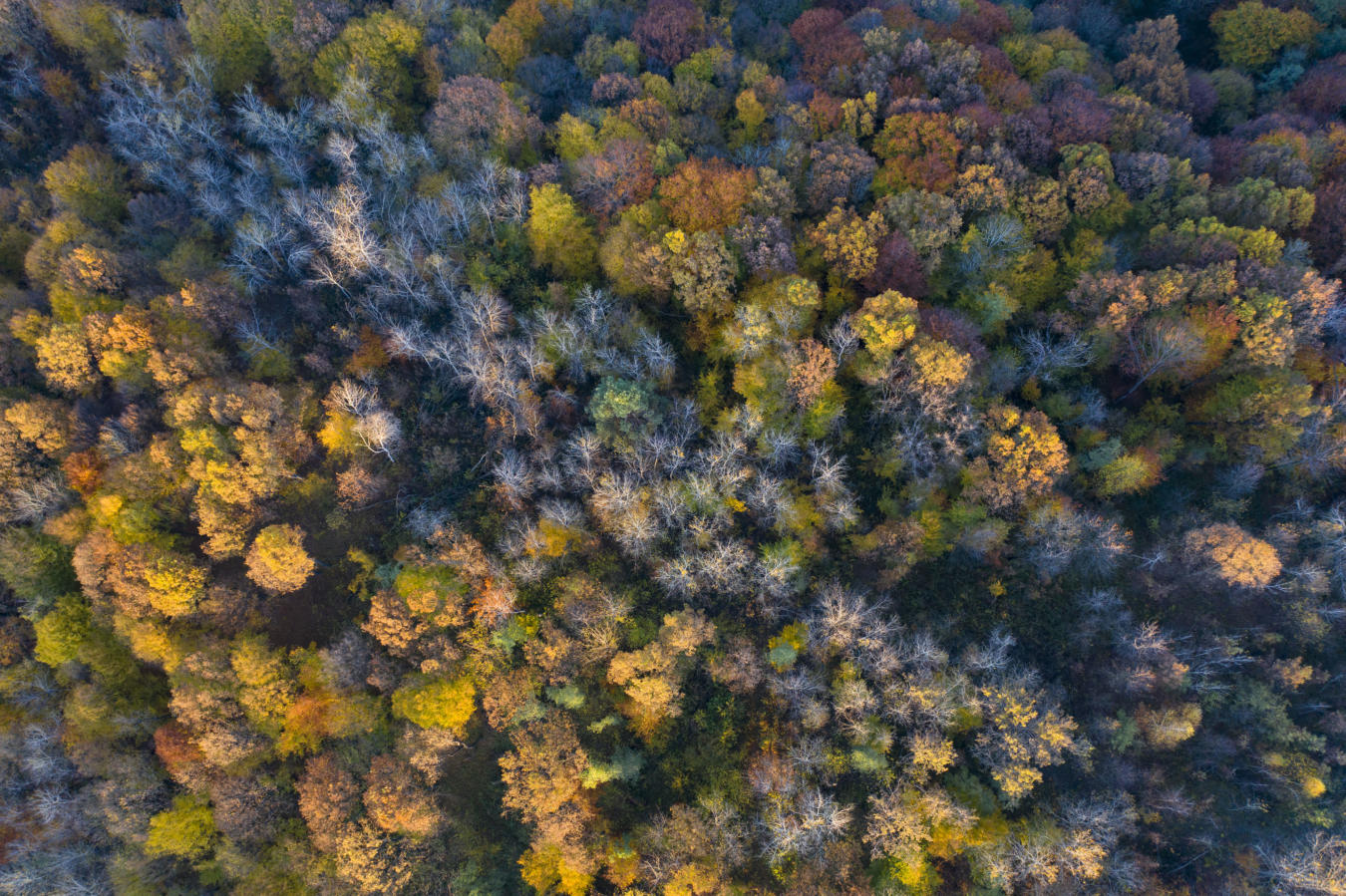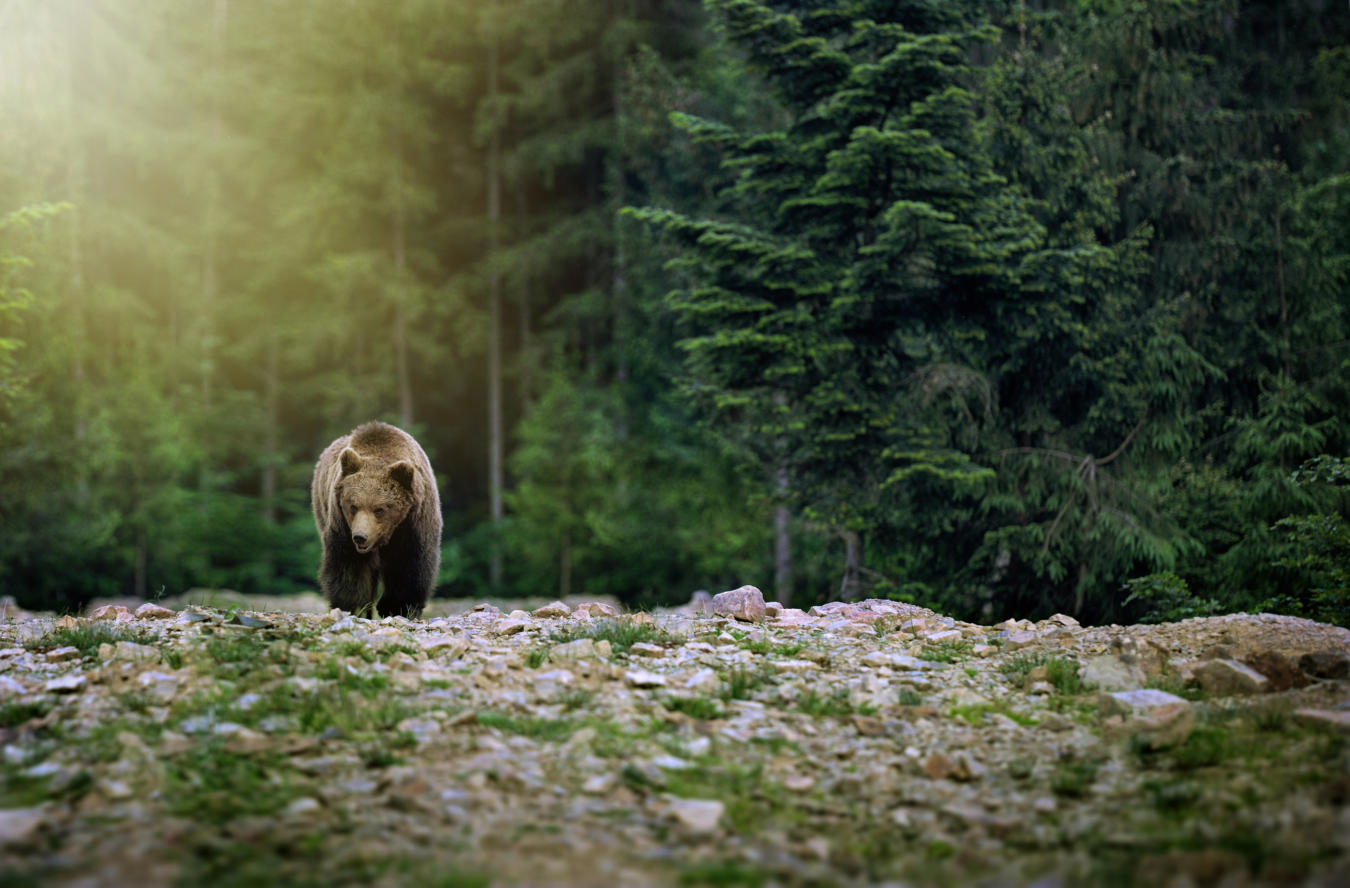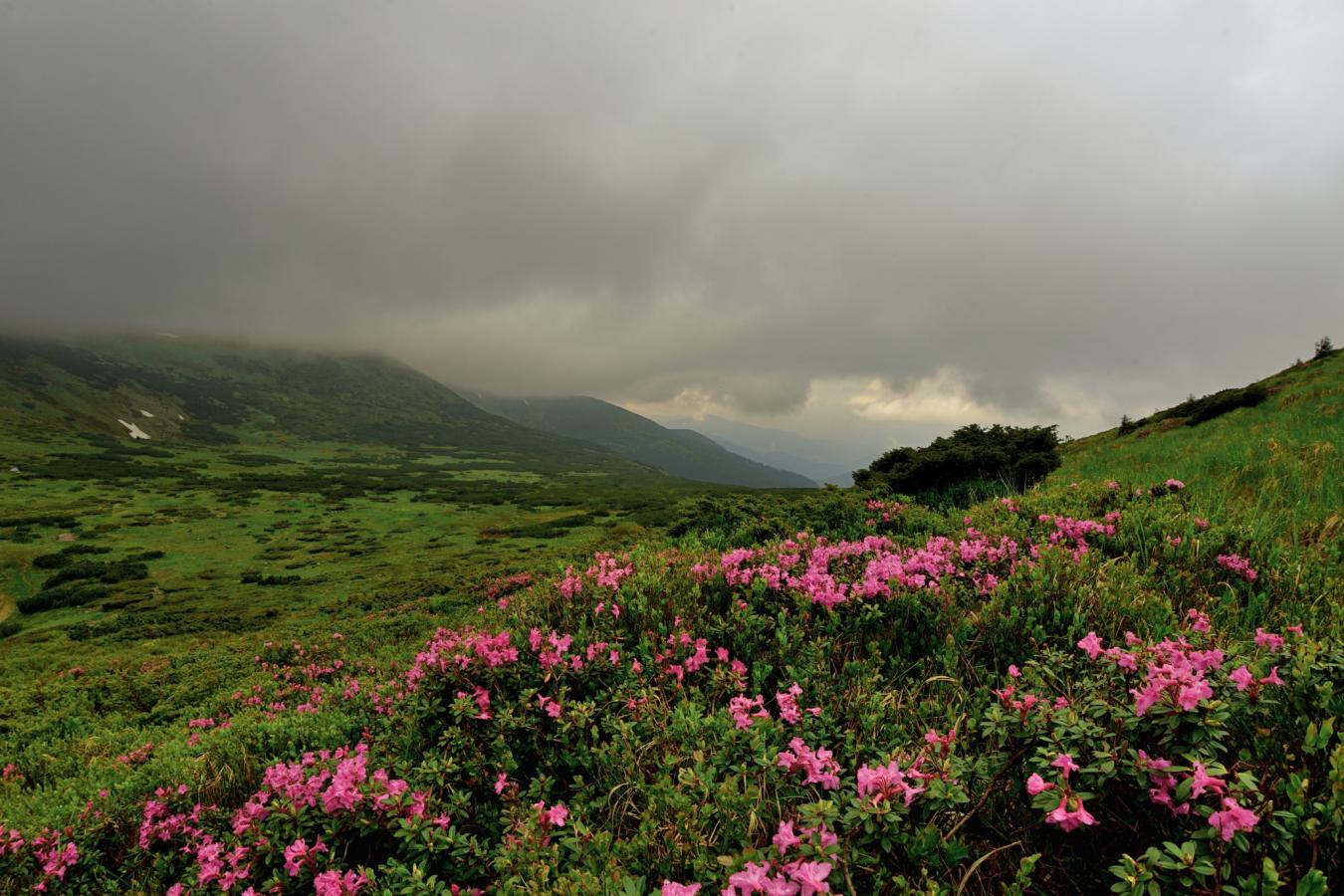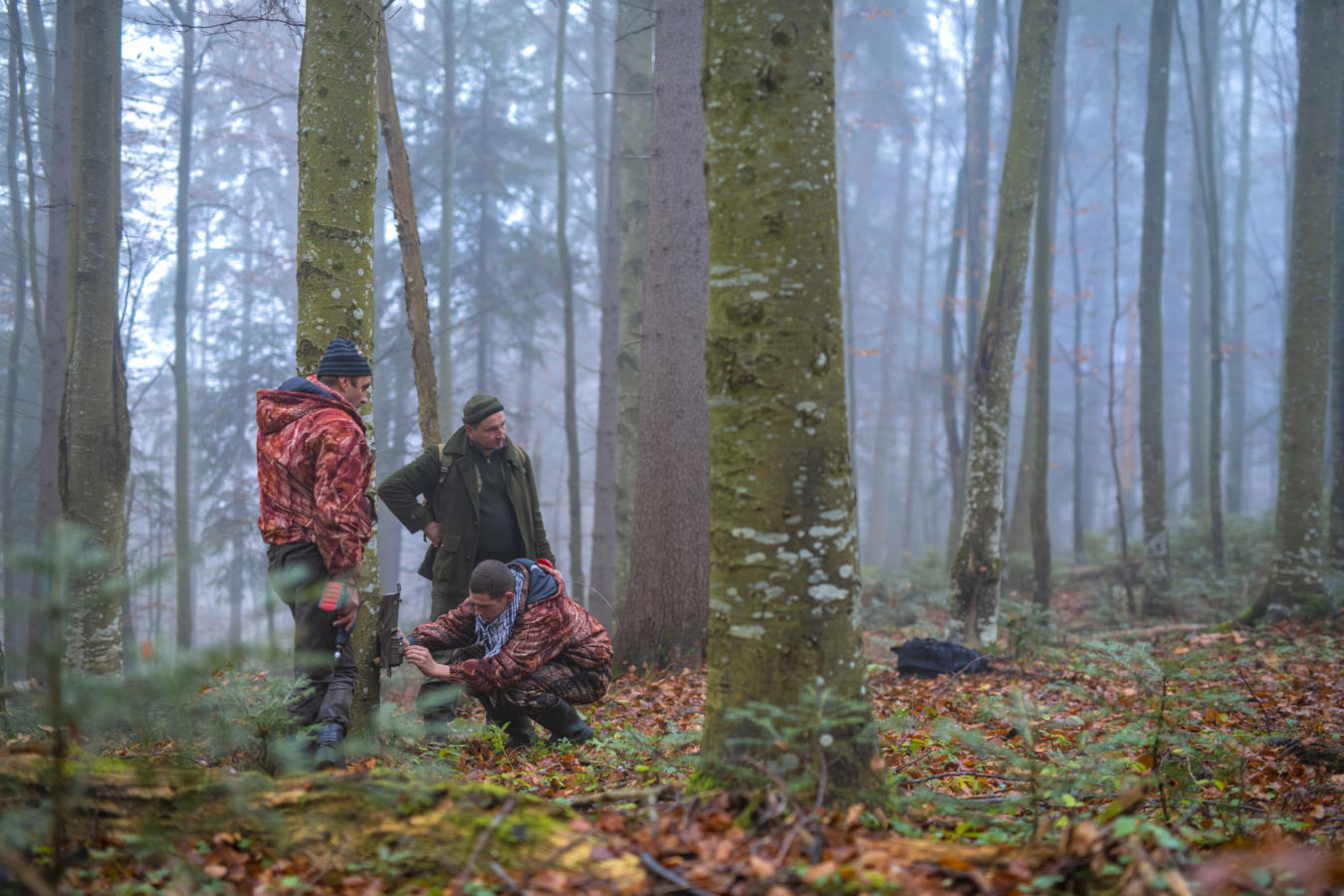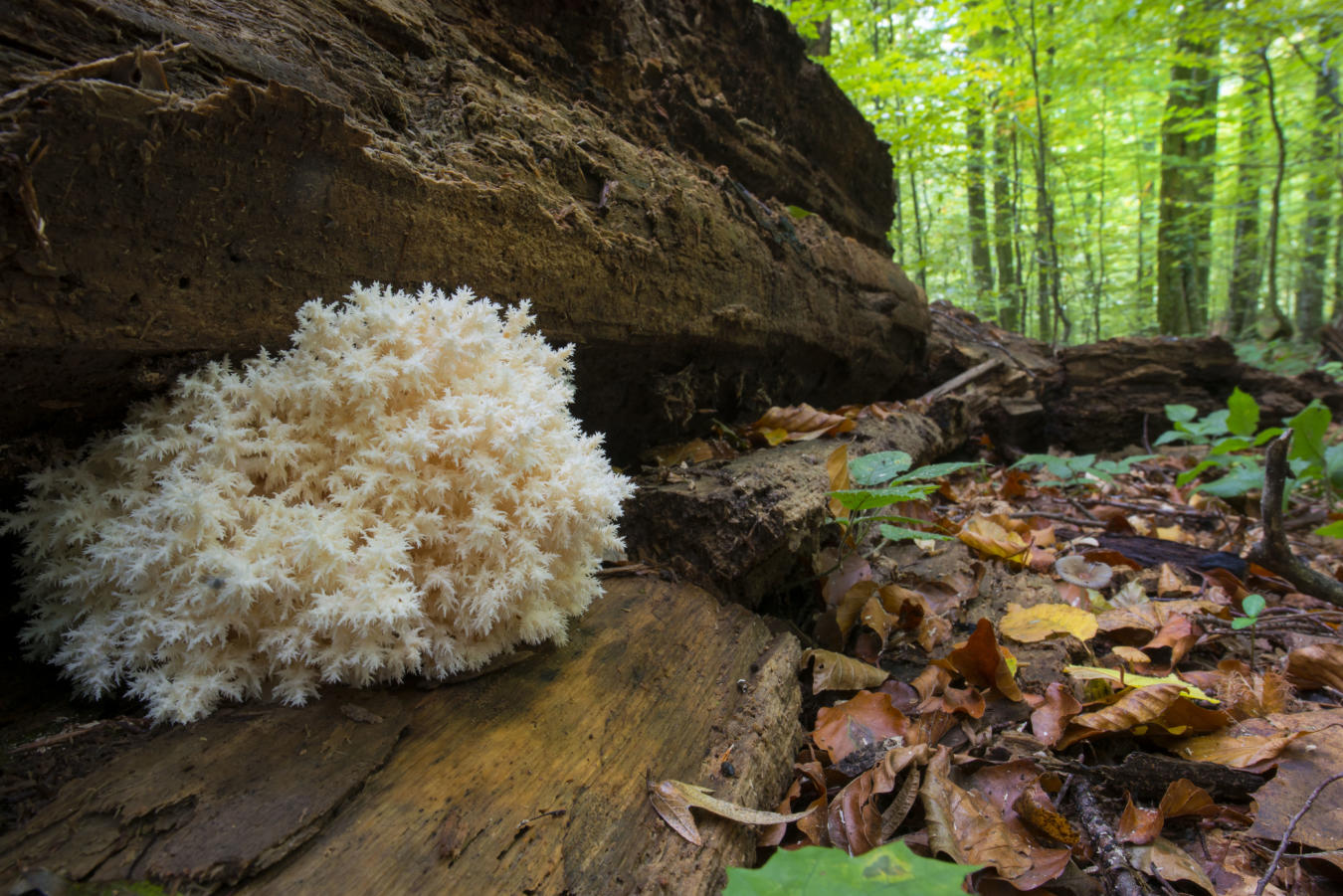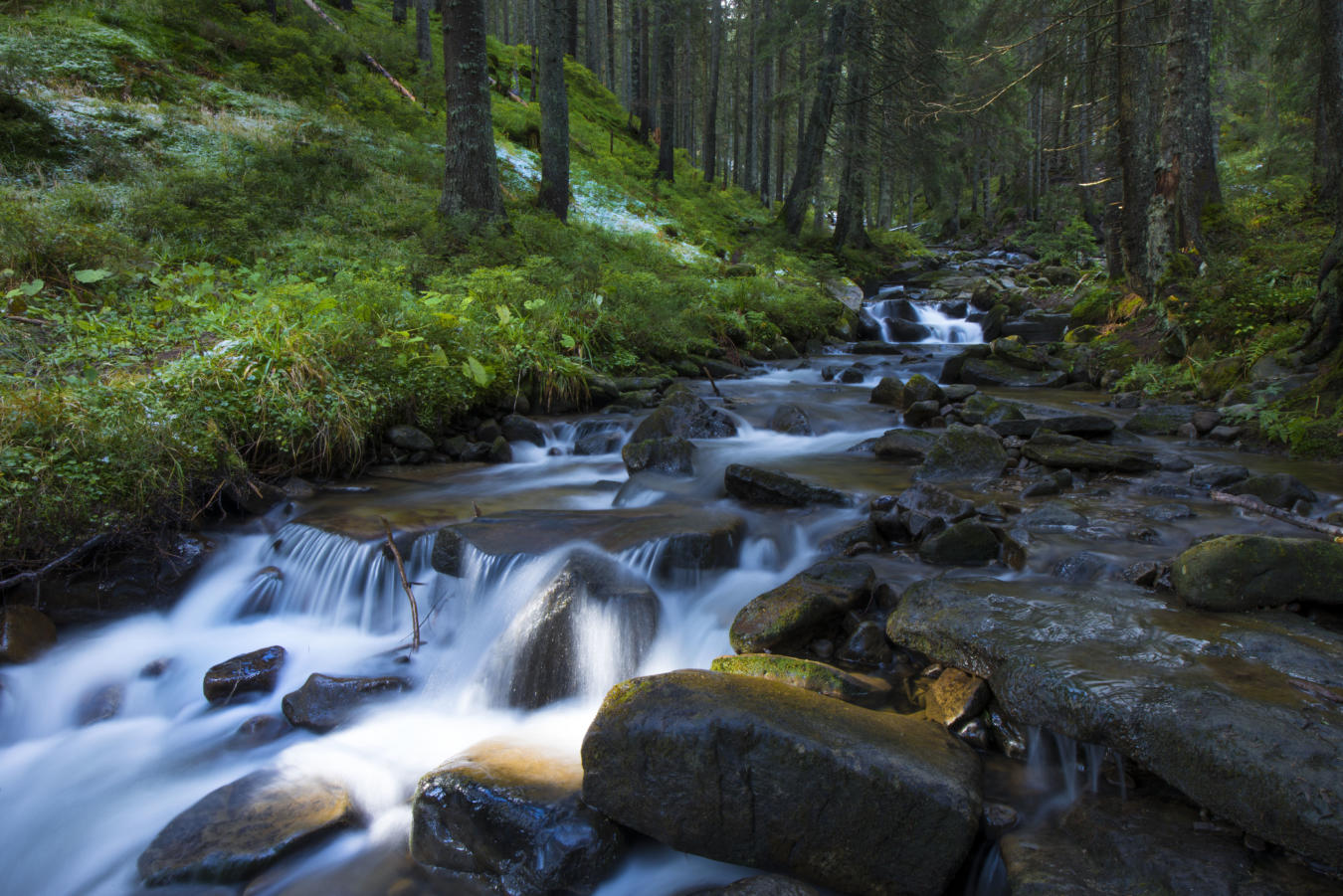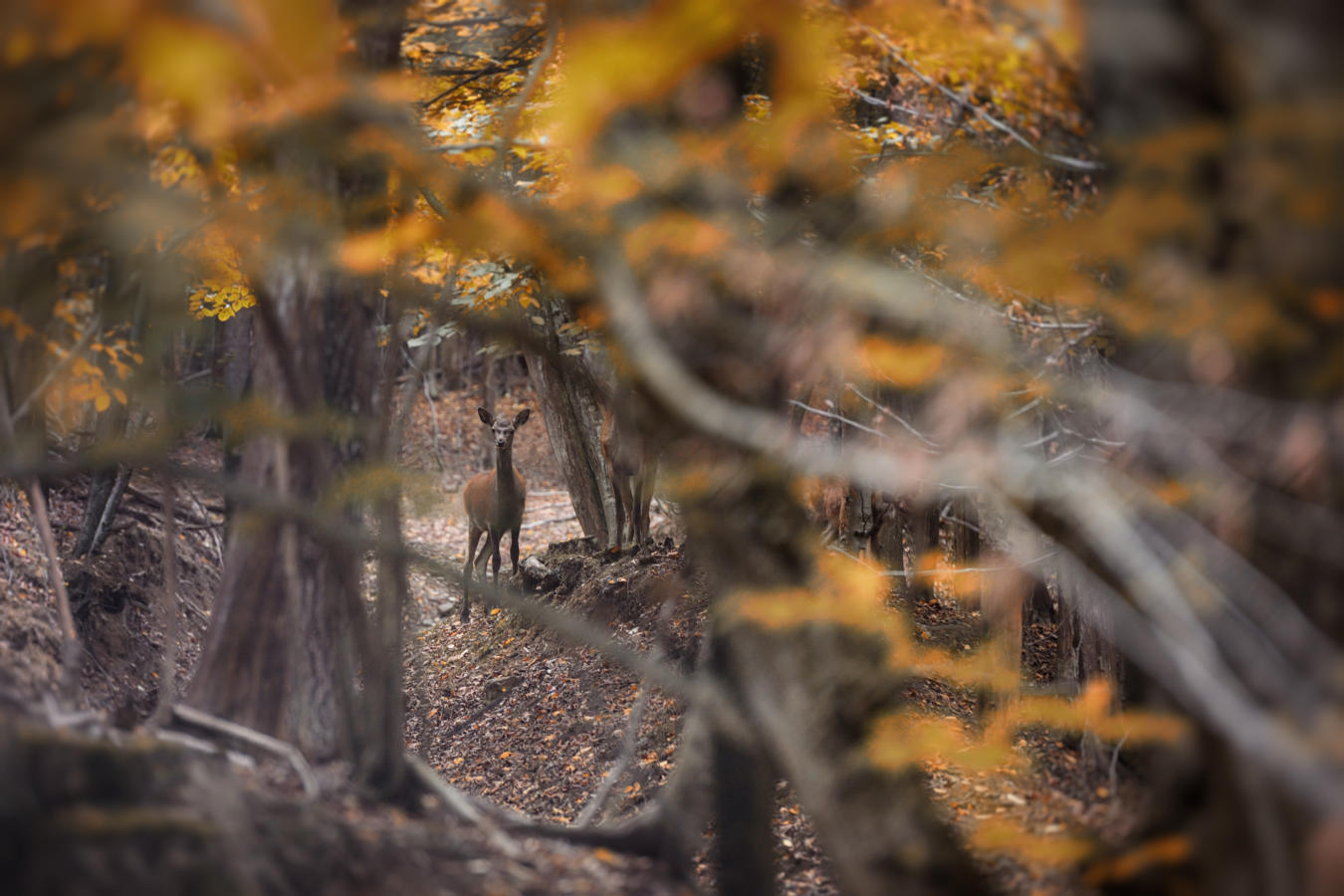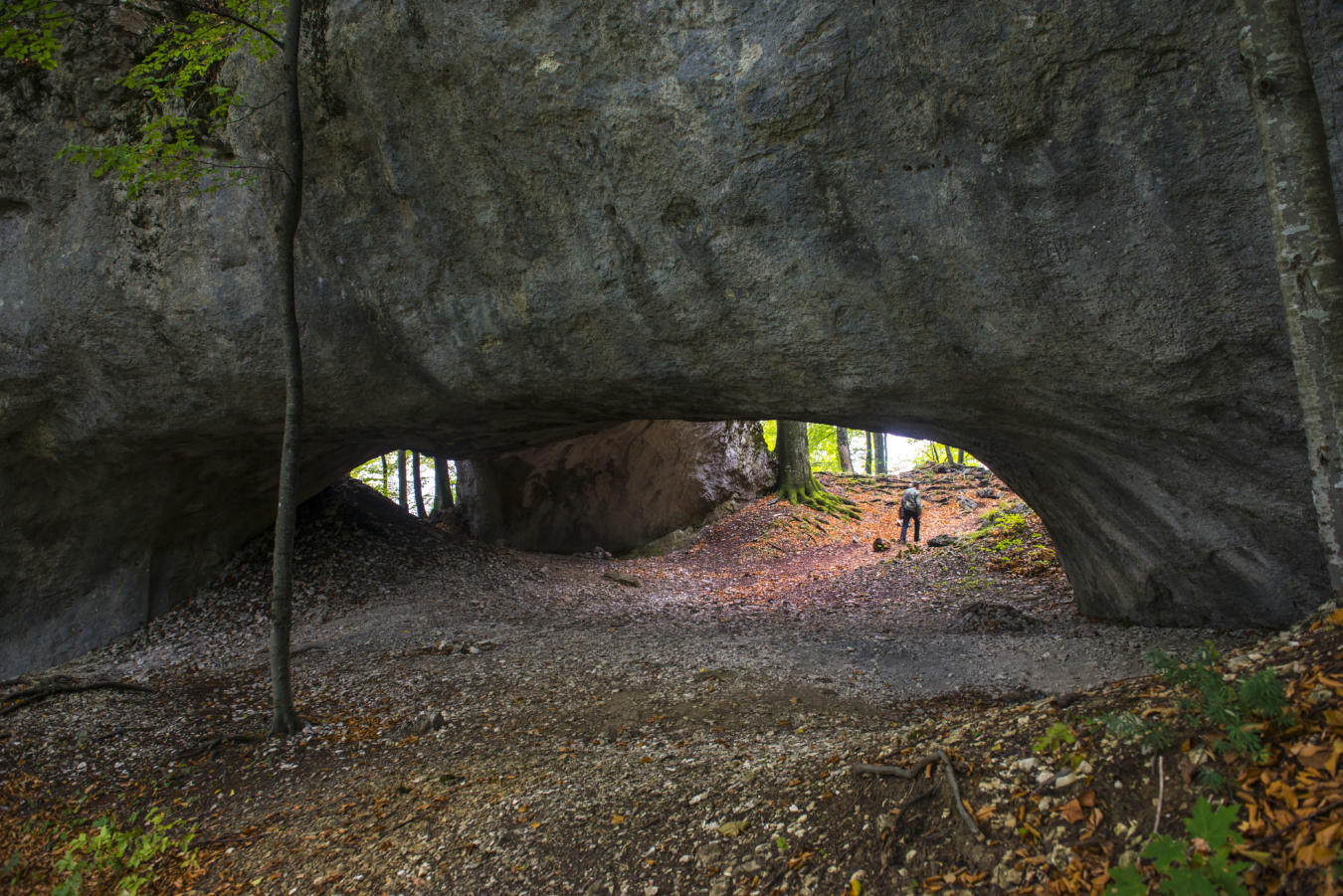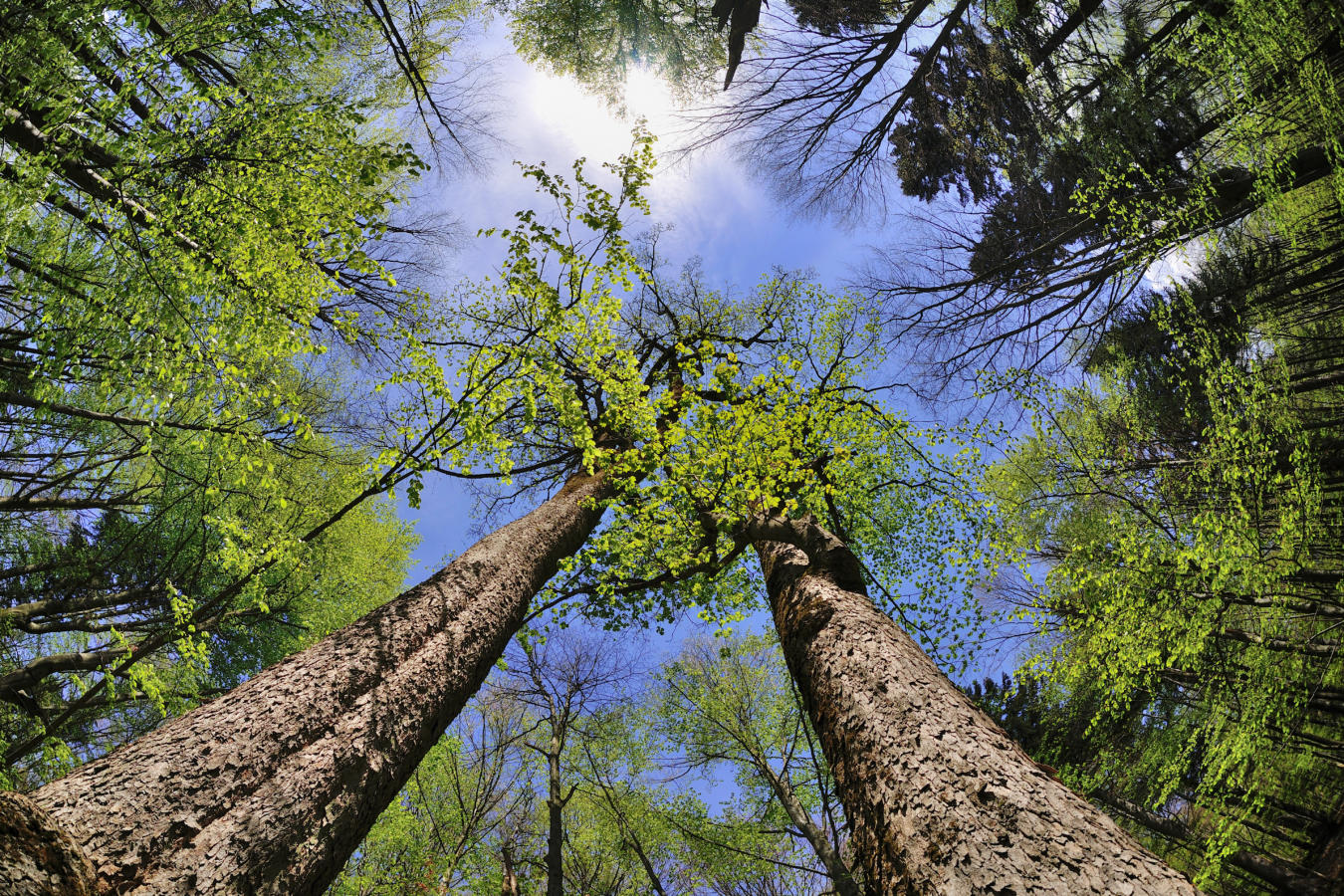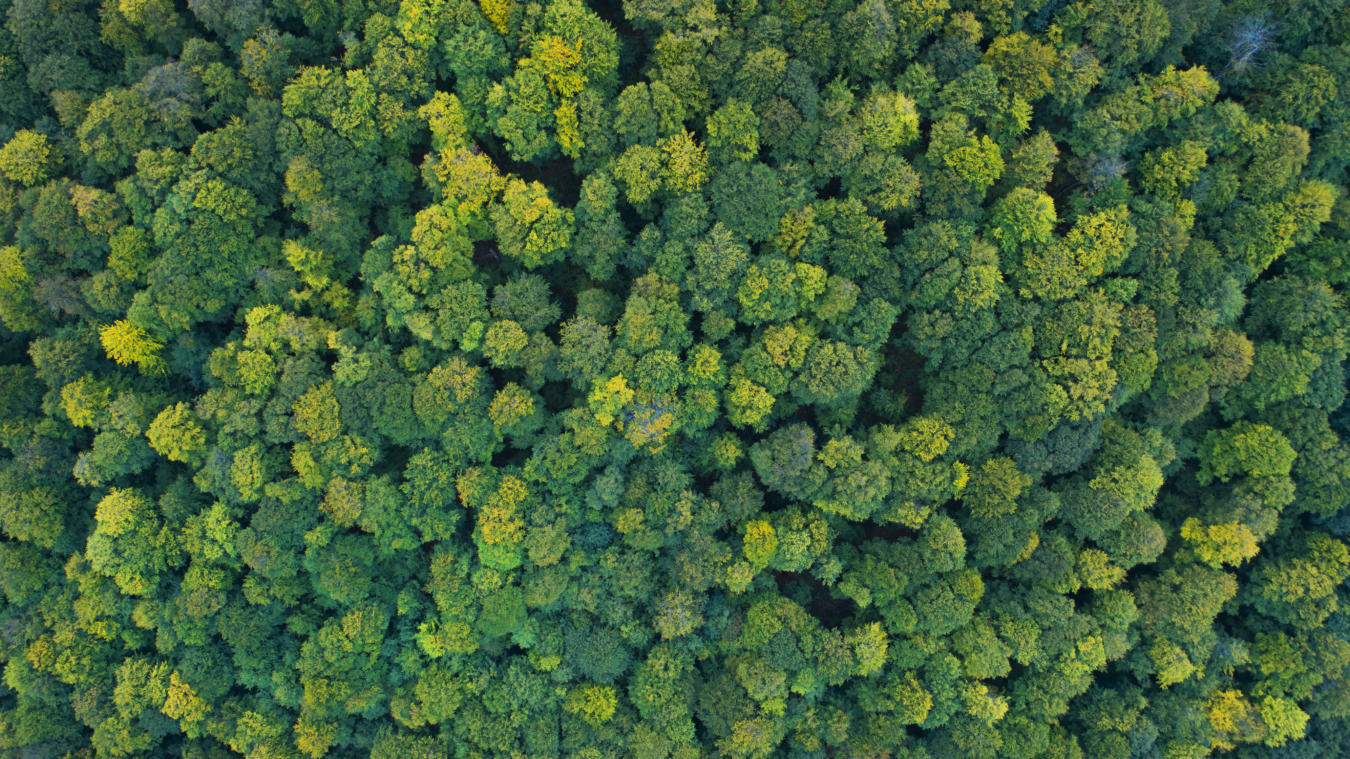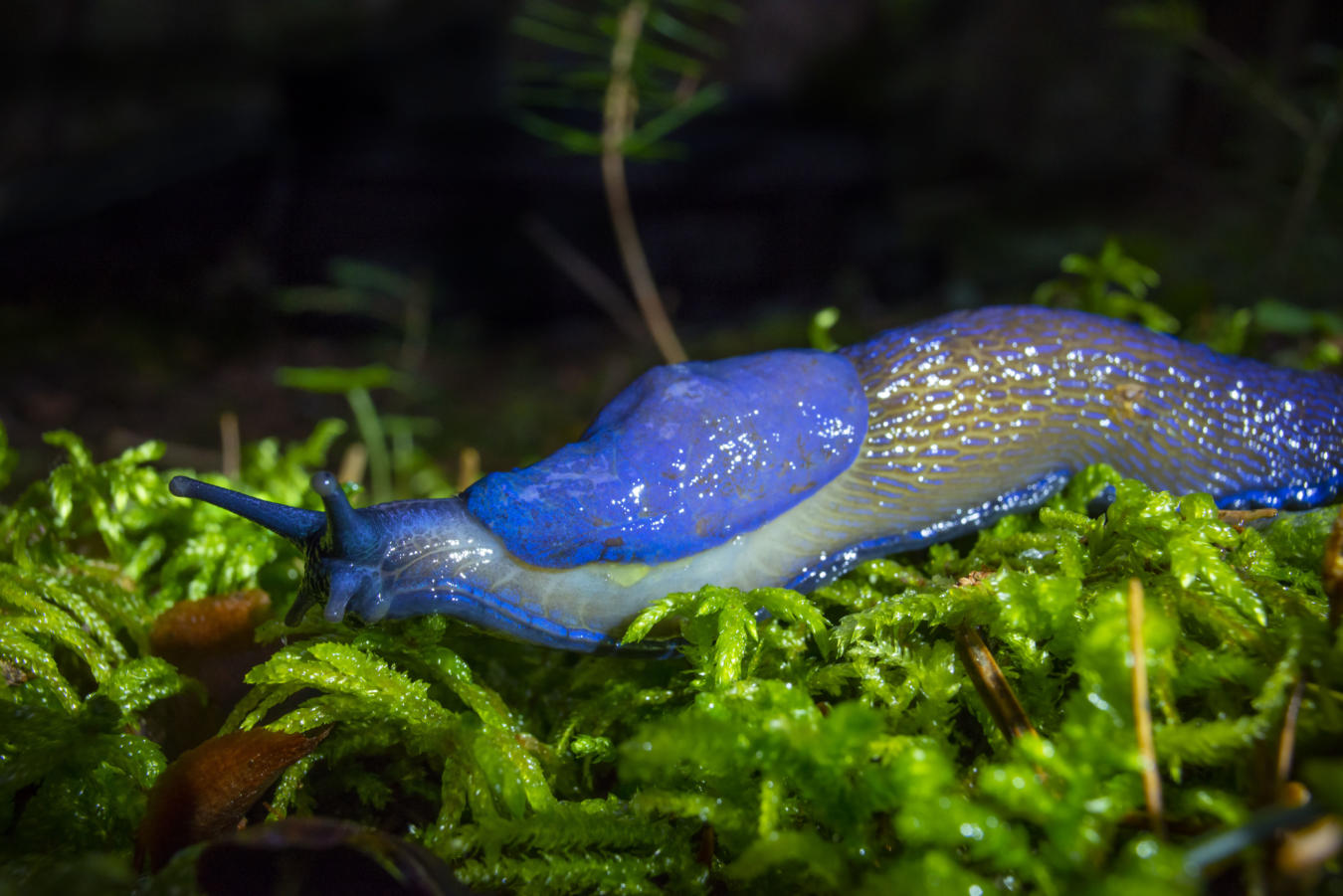Two off-road buses for environmental education transferred to two national parks, enabling guided tours that allow children and adults to experience immersive, hands-on learning in the remote areas of the parks.
The vast primeval and old-growth forests of the Ukrainian Carpathians are unique in Europe. The opportunity to secure this heritage is historic, and the window to act is short – if we do not act now, these precious forests may be lost forever.
The Carpathian Mountains are of outstanding beauty. They represent functioning natural ecosystems, home to extraordinary wildlife, and offer irreplaceable benefits to us humans: fresh water, clean air, and many other ecosystem services. Tourists value the stunning natural beauty of this landscape, and local communities and economies also benefit greatly.
Our program strives to protect 300,000 hectares of natural landscapes in the Ukrainian Carpathians as one of the largest and most valuable networks of protected areas in Europe. Existing protected areas shall be enlarged and important primeval and old-growth forests added, thus ensuring stronger and lasting protection.
Enhanced protection requires well-equipped and functioning protected areas. Therefore, alongside the government, we provide direct support to the areas in the form of uniforms, IT equipment, fieldwork equipment, new off-road vehicles, and the renovation of administrative and operational buildings. Since the outbreak of the war, state funding for protected areas has collapsed. To keep them operational, we provide essential supplies such as fuel, vehicle repairs, and other means needed to conduct essential operations. Nevertheless, we further strive to enhance management effectiveness by actively supporting the development of modern management plans for protected areas and providing targeted training for their staff.
The ultimate goal of the program is to help ensure that the ecosystems of the Carpathian Mountains and the vital services they provide are saveguarded effectively and sustainably for perpetuity.
- Program: Ukrainian Carpathians
- Size: 3,102 km²
- Lead: Robert Brozovic/Michael Brombacher
- Start: 2014
- Ukrainian Carpathians
- Conservation Activities
- Milestones
- Partners
- back to top
We closely collaborate with partners to strengthen and expand the protected area network in the Ukrainian Carpathians to secure lasting legal protection for the forests and combat the threat of deforestation.
The program also seeks to improve protected area connectivity to ensure that large-scale ecological processes, such as migration and genetic exchange between wildlife populations, can continue. For instance, established in April 2019, Boikivshchyna is the area’s newest national park. Covering approximately 12,000 hectares, it lays the foundation for corridor connections not only with other protected areas in Ukraine but also those in neighboring Poland and Slovakia. A further approximately 100,000-hectares of expansions are planned across other protected areas in the Ukrainian Carpathians.
Through technical and financial support, we enhance management effectiveness, improve infrastructure, and build capacities through various targeted trainings with protected area rangers and other key staff.
To enhance the ecotourism potential of protected areas, we also support the development of infrastructure for sustainable tourism that allows visitors to experience the Carpathians while contributing to their conservation.
Ukraine has done an impressive job covering the country’s beauty with a substantial network of protected areas, mainly national parks. However, Ukraine’s difficult economic situation prevents sufficient financial and technical resources from being allocated to these areas.
Park administrations, rangers, and scientists need professional and modern equipment, ranger posts, vehicles, and uniforms to fulfill their duties. Through private donations and third-party grants, the program helps to close this gap by providing these resources. This is particularly relevant since the outbreak of the war, which caused state funding for protected areas to collapse. Since then, we have stepped in to provide essential supplies – including fuel, vehicle repairs, and other resources – to ensure that parks can continue their critical operations.
Opportunities for local community participation, and for socio-economic planning, are limited within the current protected area management convention in Ukraine. To address this, the program works with local communities and authorities to develop supplementary plans on these issues, to be incorporated into the protected area management plans. These plans are guided by the legal requirements of the “General Village Development Plans” of Ukraine.
In addition, workshops are held with local communities in order to identify their needs and develop the socio-economic aspect of protected area management plans in a participatory manner. Within local communities, the project identifies and promotes viable alternative sources of income to move away from timber extraction and the commercial harvest of non-timber forest products. Business models for conservation enterprises in the project area are being developed. These contain strategies for small and medium-sized enterprises that are in line with local nature conservation objectives.
For many decades, data on ecosystems and biodiversity collected in Ukrainian protected areas have been recorded in hand-written journals called the ‘Chronicles of Nature’. Although this method has maintained valuable records of sightings and ecological trends, the system is in need of improvement to allow for better recording and transferring of data, and for more robust analyses. A new, cost-effective biodiversity monitoring scheme is being implemented and overseen by a joint Ukrainian-international working group.
The Spatial Monitoring and Reporting Tool (SMART) has been introduced to the protected areas and is being piloted as the technical platform for data collection and storage. Furthermore, systematic camera trap surveys are being conducted in selected parks to help better understand the abundance and connectivity of the area’s wildlife – information that feeds back into park management planning to improve conservation effectiveness.
The livelihoods of many people in rural communities surrounding the Carpathian protected areas are closely tied to natural resources. At the same time, the region’s stunning mountainous landscapes hold great potential for nature-based tourism and other sustainable development opportunities. To build lasting local support for conservation, we place a strong emphasis on environmental education.
We are establishing outdoor education centers within the parks and equipping them with modern educational materials and tools. We provide specialized training for protected area staff in environmental education techniques, enabling them to engage schools, communities, and visitors more effectively. In addition, we are investing in educational buses that bring children into remote areas of the parks, giving them the chance to experience nature firsthand and learn about the value of intact ecosystems.
These efforts are complemented by targeted communication campaigns that raise awareness of the ecosystem services provided by primary forests and highlight the benefits that protected areas bring to local communities. By strengthening environmental education and fostering dialogue between communities and park administrations, we help cultivate a strong, conservation-minded constituency in the Carpathians.
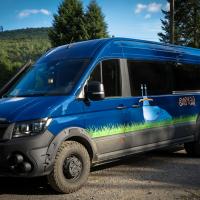
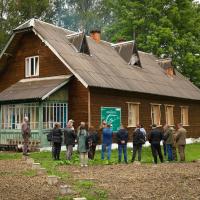
Small-grants program launched with park adjacent communities, supporting ecofriendly development initiatives led by local stakeholders and groups.

The Russian war against Ukraine begins. FZS launches operational support for protected areas in response to severe cuts to the state budget. Emergency support is provided to thousands of internally displaced people seeking refuge near the protected areas.
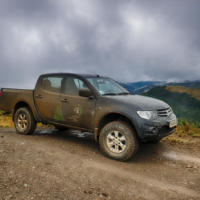
Transfer of essential equipment to 12 protected areas, including 50 offroad cars, 81 motorbikes, over 950 sets of uniforms, and various IT and fieldwork equipment.
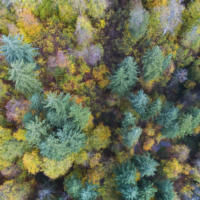
Boikivshchyna National Park created by presidential decree.
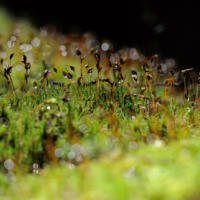
IKI funding launched to support the management and protection of five Carpathian national parks.
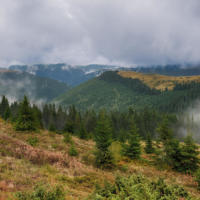
KfW funding launched to support eight protected areas in the Carpathians.
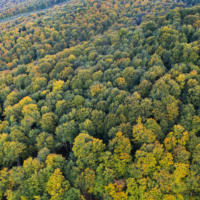
Feasibility studies completed for the Carpathians to elaborate potential expansion areas.
FZS’ work in Ukraine starts.
Successful conservation is always the result of great teamwork. We collaborate with local communities, national authorities, and conservation organizations. Our partners make our conservation work possible.
-
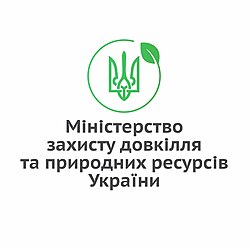 Ministry of Environmental Protection and Natural Resources (Ukraine)
Ministry of Environmental Protection and Natural Resources (Ukraine) -
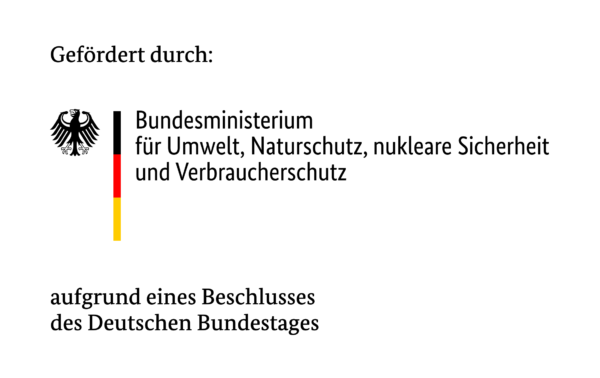 Federal Ministry for the Environment, Nature Conservation, Nuclear Safety and Consumer Protection
Federal Ministry for the Environment, Nature Conservation, Nuclear Safety and Consumer Protection -
 International Climate Initiative (IKI)
International Climate Initiative (IKI) -
 KfW
KfW -
 Federal Ministry for Economic Cooperation and Development (BMZ)
Federal Ministry for Economic Cooperation and Development (BMZ) -
 augmentum
augmentum
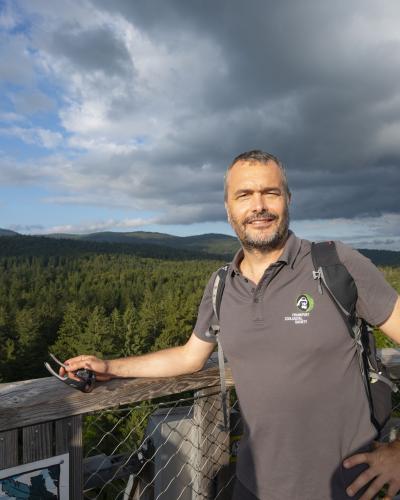
“This natural heritage should belong to all Ukrainians – not to foreign forest companies. This is why we are working closely with our Ukrainian partners to secure one of the largest and most valuable networks of protected areas in Europe.”


